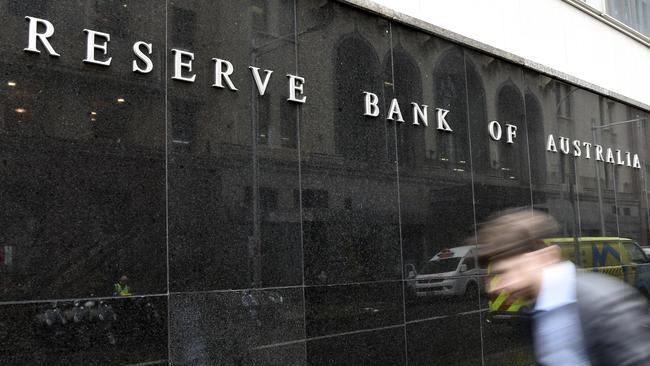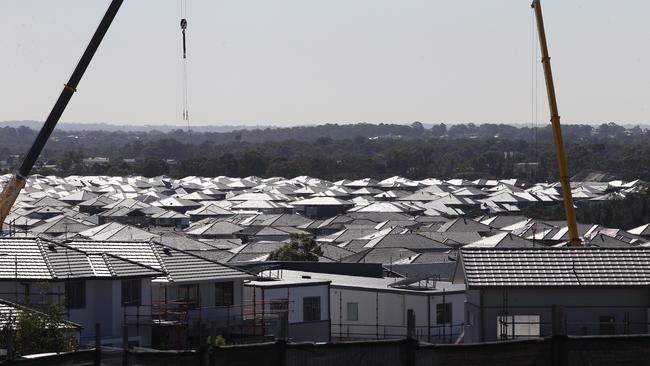Jonathan Chancellor: RBA rate cut a ‘nudge in right direction’ if the banks pass it on
How low can we go, and are the RBA cuts getting pointless as Australia gets the much anticipated, consecutive cash rate cuts, writes Jonathan Chancellor.
Opinion
Don't miss out on the headlines from Opinion. Followed categories will be added to My News.
How low can we go, and are the RBA cuts getting pointless as Australia gets the much anticipated, consecutive cash rate cuts.
The emerging consensus is the rate cut will likely provide a further small sugar hit for the Sydney property market, with the looming tax cut the cherry on top.
Jacqueline Dearle, at the mortgage broker Mortgage Choice, certainly thinks the rate cut will give “a nudge in the right direction” if the banks pass it on.
The Ray White chairman Brian White suggests it will contribute to the perception “that there’s more risk in not acting in today’s market.”
Economist Dr Andrew Wilson of My Housing Market reckons the housing market stimulus would have been better served by an August rate cut just ahead of the more active spring selling season.
There have now been 14 rate cuts since November 2011, with the RBA cutting rates from 4.75 per cent to 1 per cent.

The June cut helped underpinned the change in the atmospherics surrounding the Sydney property market, that quickly became re-energised after the federal election outcome.
After the June decision around 50 lenders passed on full cut, 30 passed on part of the cut and seven did nothing.
There could be annual savings of more than $2,600 should the third cut, envisaged by some economists, come to fruition.
The current lowest variable rates now sit as low 2.9 per cent, as non bank lenders seek to secure even higher market share.
Just in the past three years the big 4 banks have made $4 billion in additional revenue by not passing the entire cuts.
Switching from the average variable rate of 4.9 per cent could save the borrower $6500 per year based on a $500,000 loan.

While rate rises have an unambiguous negative impact, rate cuts have tended to elicit a varied response.
There’s research showing some consumers see consecutive cuts as the bellwether of a significant negative economic shock.
The second cut has traditionally come amid rising unemployment expectations, but so far jobs are still there, especially in NSW where the unemployment rate is a low 4.6 per cent.
Estate agents note the Sydney market has been buoyed by the Coalition’s unexpected federal election victory which meant no changes to negative gearing and the capital gains tax discount, which were likely to push prices lower.
And the RBA governor Philip Lowe on Tuesday noted that there were “tentative” signs of prices stabilising in Sydney.

It would suggest after an extra large five year run-up in prices in Sydney until April 2017, that the downturn could be over in just two years.
With low auction stock, and higher demand even in winter, much of the future direction in house prices now depends on credit lending conditions which have been tight for some time.
However home loan sizes have increased following eight of 10 recent rate cuts, suggesting buyers’ renewed enthusiasm to dip deeper into their pockets in a low interest rate environment.
“It does look like the lower rates and improvement in sentiment following the federal election and generally relatively strong economic conditions are what is driving this turn around,” CoreLogic’s head of research Tim Lawless noted.



